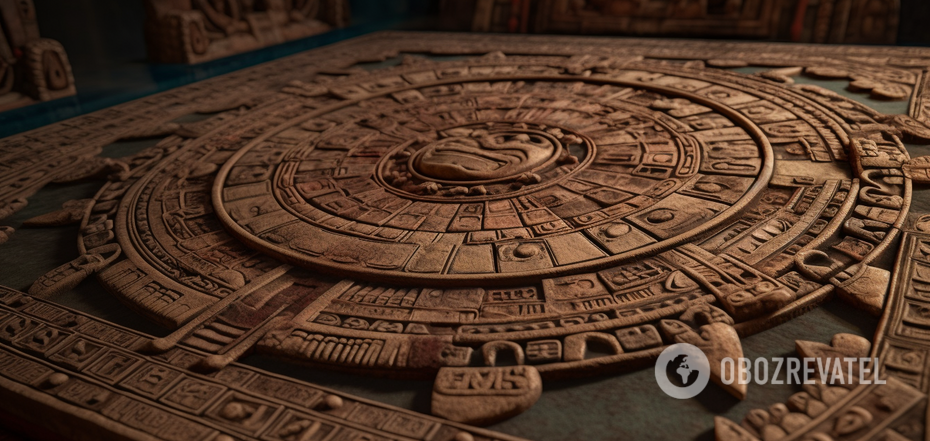Life
New secret of the Mayan calendar revealed: what is it really about
The Mayan calendar is a symbol of mysteries, lost culture and unsolved secrets that still haunt scientists. Everyone remembers the prediction of the end of the world in 2012, which caused a lot of noise a decade ago.
In fact, the Mayan calendar is indeed linked to the movement of the planets, and recent discoveries have deepened our understanding of the ancient culture. By combining astronomy and timekeeping, the Maya created their own number system. The IFLScience publication told about the new discovery of the mysterious calendar.
The Mayan calendar system is more complex than the one we use now. Our year consists of days and months. The Maya, observing the celestial bodies, developed their own system of interconnected cycles. For example:
- Tzolkin - a sacred numbering system consisting of 260 days
- Haab - a secular 365-day calendar
The secular and sacred calculations were synchronised from time to time. This happened once every 52 years. This created the calendar period now known as the calendar circle.
The authors of the new study believe that the Mayan calendar was also used to track the movement of planets and other celestial bodies over a 45-year period.
In addition, they found inscriptions indicating the existence of another cycle that lasted 819 days. The Maya associated this number with the four cardinal points. To complete the entire period, four stages of 819 days each were required. That is, one cycle lasted approximately nine years.
Scientists have hypothesised that the ancient Maya already had enough knowledge about the movement of the planets to create a calendar associated with the synodic period. This is the time it takes for a planet to return to the same position in the sky as it is seen from the Earth.
This is where the simple maths comes in. Mercury's synodic period is 117 days. Multiplied by 7, we get 819.
According to a new study, twenty 819-day cycles add up to 16380 days, or about 45 years. They can be divided so that they correspond to the synodic periods of each planet. Thus, 20 periods of 819 days each coincide with the Mayan cycle.
Scientists have noted that the ancient Maya did not limit their attention to any one planet. Instead, they created the 819-day counting, which became the basis of a larger calendar system. The Mayans could predict the synodic movements of all the visible planets.
Earlier, OBOZREVATEL talked about another revolutionary discovery - the true age of the Mayan calendar was revealed.
Subscribe to OBOZREVATEL's Telegram and Viber channels to keep up with the latest news.



























